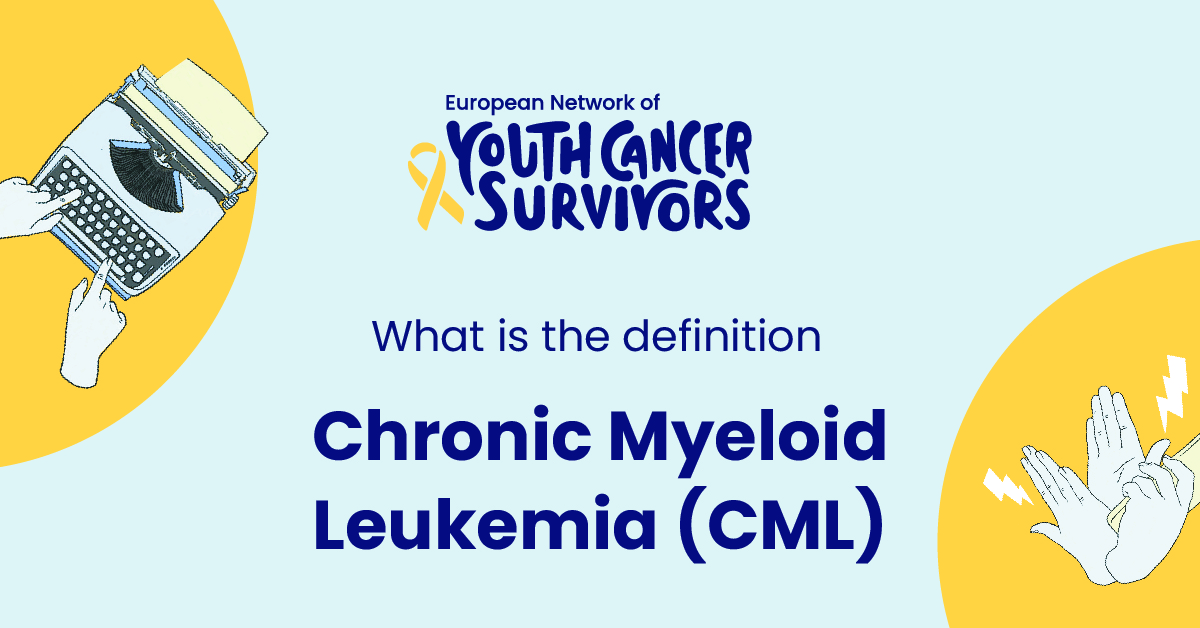
Leukemia is an encompassing term representing several subgroups of cancer that primarily affect the blood and bone marrow. Amongst these, Chronic Myeloid Leukemia (CML) stands out as a rather distinctive entity. It is a type of cancer that starts in certain blood-forming cells of the bone marrow. Unlike acute forms of leukemia that progress relatively fast, CML is a slowly progressing disease commonly observed in adults.
Digging Deeper: Chronic Myeloid Leukemia (CML)
CML is distinct due to its relationship with a specific chromosomal abnormality in leukemic cells. It is a clonal bone marrow stem cell disorder characterized by a particular genetic mutation— the Philadelphia chromosome—resulting in an abnormal protein (BCR-ABL1) that leads to the production of too many disease-facilitating cells. CML spreads into the blood and can infiltrate other parts of the body, like the spleen, causing it to swell.
The prevalence of Chronic Myeloid Leukemia varies across the globe, but it accounts for around 10-15% of all leukemia cases. It has been found more frequently in males than females and has a higher rate amongst adults over 60 years.
Understanding the Causes of Chronic Myeloid Leukemia
The chief cause of Chronic Myeloid Leukemia is a specific genetic mutation—the Philadelphia chromosome. This mutation is not inherited but occurs spontaneously. In an adult patient, some genetic rearrangement happens within bone marrow cells, leading to an exchange of genetic material between chromosome 9 and chromosome 22. This results in an abnormally short chromosome 22 — the Philadelphia chromosome — which causes BCR-ABL1 protein production and triggers the overproduction of white blood cells, causing CML.
Environmental factors, such as being exposed to high levels of radiation, can possibly increase the risk of developing CML, though they are not direct causes.
Symptoms Associated with Chronic Myeloid Leukemia
Early indicators of CML are often subtle and easily overlooked. Some patients report fatigue, weight loss, pale complexion, frequent infections, or joint/bone pain. As the disease progresses, symptoms may include fever, night sweats, and swollen lymph nodes. At an advanced stage, patients may suffer from an enlarged spleen, leading to a feeling of fullness and discomfort in the left upper abdomen.
Chronic Myeloid Leukemia from Diagnosis to Treatment
To diagnose CML, doctors usually turn to complete blood count tests, bone marrow tests, and cytogenetic testing for the Philadelphia chromosome. Other methods, like flow cytometry and immunophenotyping, may also be used to distinguish CML from other types of leukemia.
Treatment for CML has been revolutionized by tyrosine kinase inhibitors (TKIs), medicines that target the BCR-ABL1 protein, slowing and even stopping the progression of the disease. Alongside this, stem cell transplants offer hope to some patients. Each case of CML is different, and current treatment approaches must be personalized accordingly.
Modern medical advancements have significantly improved the prognosis of CML. Survival rates have increased drastically in the past two decades, particularly due to the advent of TKIs. The estimated five-year survival rate is now around 70%.
Living with Chronic Myeloid Leukemia: Rediscovering Normalcy
Life post-treatment of CML can indeed regain some normalcy. With regular check-ups, people with CML can lead meaningful lives. It is crucial, however, for patients to stay in regular consultation with their healthcare providers and keep their treatment regimen.
Support systems play a major role in navigating the post-treatment phase. Emotional support from family, friends, patient support groups, and mental health professionals is as vital as medical support in dealing with CML.
Get to know us better
If you are reading this, you are in the right place – we do not care who you are and what you do, press the button and follow discussions live

Conclusion
Chronic Myeloid Leukemia, though a serious illness, can be managed effectively through personalized treatment regimens, regular monitoring, emotional support, and patient resilience. With continuous advancement in medical research, the prognosis continues to improve, offering patients hope for a better future.
Frequently Asked Questions
- What is the chief cause behind the development of Chronic Myeloid Leukemia?
The primary cause is a particular genetic mutation known as the Philadelphia chromosome.
- Is Chronic Myeloid Leukemia a hereditary form of Cancer?
No, CML is not a hereditary cancer. The genetic mutation causing it usually occurs spontaneously.
- How does Chronic Myeloid Leukemia affect the body specifically?
CML leads to an overproduction of white blood cells, which can crowd out healthy cells and infiltrate other parts of the body, leading to various symptoms.
- What are the expected survival rates for patients with Chronic Myeloid Leukemia?
Recent advancements in treatment have significantly improved the five-year survival rate for CML, which currently stands around 70%.
- Can a patient with Chronic Myeloid Leukemia ever regain a normal life post-treatment?
Yes, with regular monitoring and adherence to their treatment plan, patients can indeed regain a meaningful and productive life after treatment.

















Comments
Thank you. Comment sent for approval.
Something is wrong, try again later